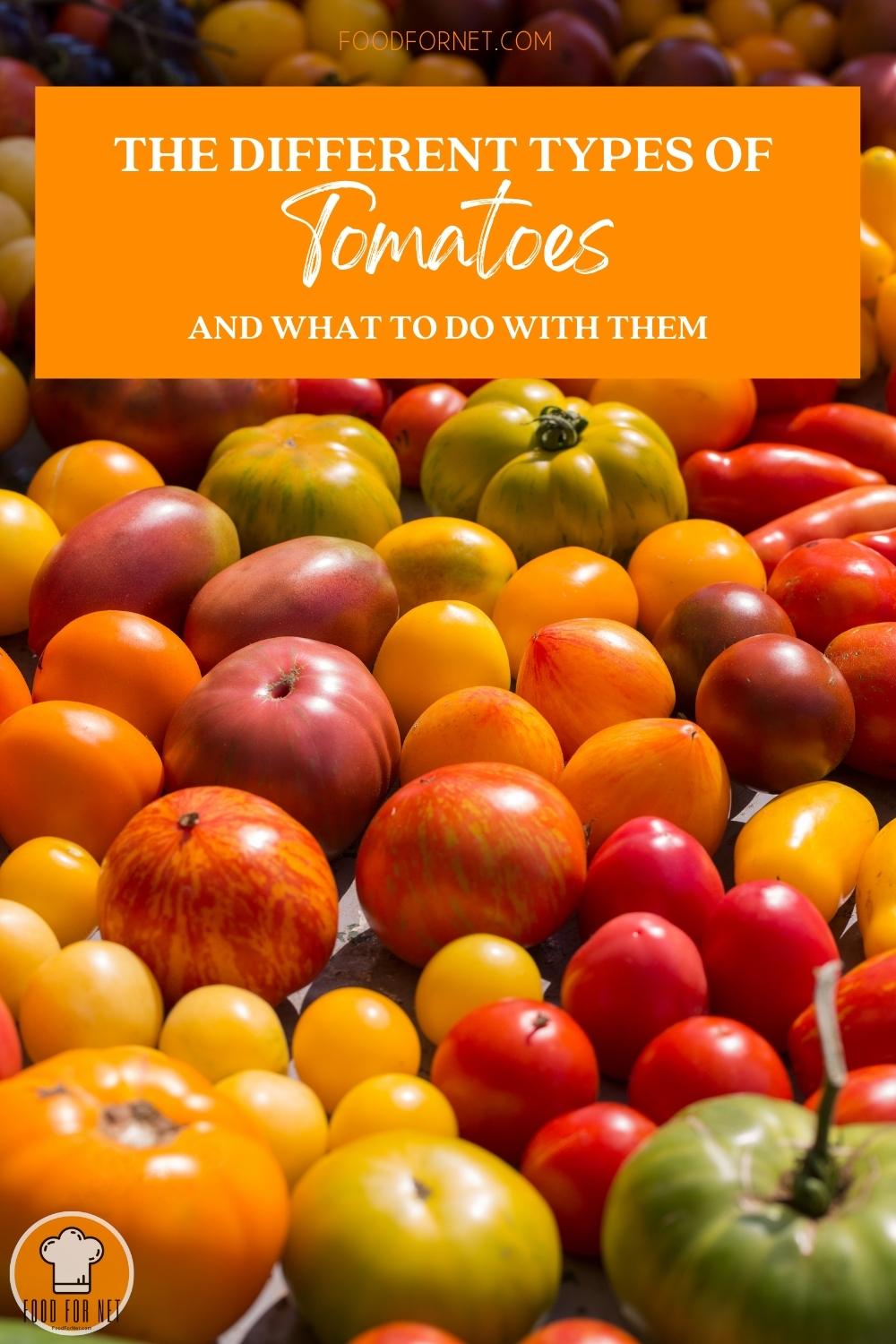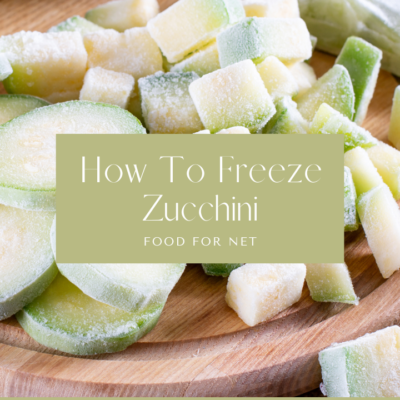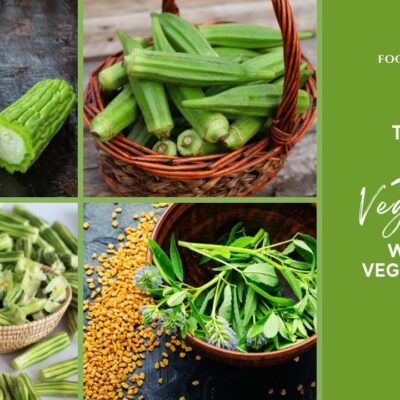
Although technically not a vegetable, tomatoes are undeniably one of the most popular vegetables out there. You’re probably most familiar with either the round-shaped ones or the cherry-sized ones but there are actually many different types of tomatoes.
Tomato according to culinary classification is a vegetable. So, let’s just stick with that given that we’re no botanists anyway. Plus, it seems more practical even for chefs, especially so for home cooks! At least we do know that it’s botanically a fruit – we just prefer to call it a vegetable. So, vegetable it is!
Aside from the fact that tomatoes are delicious – whether the ones that we can eat raw on their own or the ones we use in cooking sauces, stews, soups, salads, and dips, they are absolutely healthy as well.
Tomatoes are particularly known for their lycopene content which does not only give them its red color but is also a powerful antioxidant. This vegetable also contains vitamin C, folate, potassium, vitamin K, and fiber. All of these, of course, contribute to the many health benefits of tomatoes.
And before you confuse yourself with the many types of tomatoes that you see in grocery stores or local farmer’s markets, here’s a list for you that categorizes them according to shapes and sizes. Once you can nail and tell the differences between these types, it’ll be easier for you to identify the hundreds of tomato varieties out there.
And if by any chance, your grocery store doesn’t carry any of these types of tomatoes, you can try buying fresh tomatoes online. These websites not only carry a wide selection but also make it easy for you to buy fresh tomatoes and simply have them delivered to your doorsteps.
Types of Tomatoes (With Pictures!)
Plum tomatoes

Plum tomatoes, also known as processing tomatoes or paste tomatoes, are oblong tomatoes bred for making sauces. These tomatoes generally have an oval or cylindrical shape with higher solid content (meaty), and fewer seed compartments called locules. These features make the tomatoes particularly good for freezing.
They are also generally red, like Roma and San Marzano, but there are cultivars that also come in golden color like Sunrise Sauce and orange color like the Orange Banana Plus tomatoes.
Plum tomatoes have a robust flavor that can be described as sweet and acidic at the same time. They are known to have longer shelf life compared to other types of tomatoes.
Plum tomatoes are perfect for purees that can easily be added to soups, sauces, and stocks. They’re also great for preserving, say in oil and some herbs, which can be used later in salads, salsas, or dips.
Beefsteak tomatoes

Beefsteak tomatoes or simply beef tomato is a large variety of cultivated tomatoes that can grow to about 4-6 inches across and weigh up to 1lb or even more. They have pronounced ribbing, and contain many small seed compartments. These tomatoes have firm, juicy, and meaty flesh.
Beefsteak tomatoes are mostly pink like Brandywine or red like Marmalade. Cherokee Purple has a dusky-rose color with a greenish tint near its stem. While some like Yellow Beefsteak are well, yellow. Aunt Ruby’s German Green is quite unique because it’s one of those green-when-ripe tomatoes (as opposed to green because it’s not ripe yet).
Beefsteak tomatoes have that classic and old-fashioned tomato flavor. It’s mild enough to make for the perfect complement to any dish. They are quite popular among home growers.
Beefsteak tomatoes are usually used in sandwiches or hamburgers, for large steaks toppings, and also a great tomato choice for canning. These tomatoes can also be grilled, broiled, or stuffed with ease. Beefsteak can also be simply diced for salads, salsas, or toppings.
Globe tomatoes

Globe tomatoes or standard globe tomatoes, are the classic ones that you are probably most familiar with. They are your everyday grocery store tomatoes that come in round shape, with smooth skin, and medium-sized – about 2 to 3 inches across.
Most cultivars are bright red like the Celebrity, but there are some that come in dark red with purple or black hues like Black Prince, green with yellow stripes like Green Zebra Tomato, or yellow color like Lemon Boy.
Globe tomatoes have a more tart and acidic taste and are very versatile in culinary uses. These tomatoes are particularly bred to be round and to have thick skin so that they are more shelf-stable. They’re the most commercially grown tomatoes because they ship well.
Globe tomatoes are commonly used to complement dishes. They’re considered medium-sized slicer tomato that works great in salads, sandwiches, and burgers. These tomatoes are also great for pickling, canning, juicing, and grilling.
Oxheart tomatoes

Oxheart tomatoes are very large-sized tomatoes that are quite similar to beefsteak varieties. They have a noticeably pointed bottom that gives them a shape that resembles the heart – hence the name. They can weigh up to 3 pounds and are very meaty with very few seeds.
They usually come in red or pink colors, but other cultivars also come in green, orange, and purple colors. And while some oxheart tomatoes are smooth, there are varieties as well that have deep ribs. Some of the Oxheart tomato varieties are Anna Russian, Coeur de Boeuf, Orange Russian, and White Oxheart.
Oxheart tomatoes are delightfully aromatic with a sweet and slightly tangy taste. These tomatoes, once they are ripe, turn soft rather quickly. So, make sure to use or process them soon after harvesting. If you don’t have much use for them at the moment, you can simply preserve or can them.
Oxheart tomatoes are ideal for salads. They also work great in soups and sauces. Basically, you can use them the same way you use beefsteak tomatoes – so feel free to grill, broil, or stuff and bake these tomatoes.
Cherry tomatoes

Cherry tomatoes are small and round tomatoes, usually less than an inch in diameter. Their size can range from a thumb tip to a golf ball. They have a squishy texture, are very juicy, and have a thin and snappy peel.
These tomatoes are usually red but other colors also exist like green, purple, yellow, and even in almost black color. Some cherry tomato cultivars include Tiny Tim, Black Cherry, Orange Sunsugar, and Sunchocola.
Cherry tomatoes have a bright and sweet taste. Perhaps because of their small size, the flavor is also quite concentrated. These tomatoes are high in water content so they’re known for squirting when you take that bite out of them!
Cherry tomatoes are oftentimes eaten raw so that you can enjoy their beautiful texture and sweet juiciness. They can be tossed in salads or salsas, or as part of a vegetable platter. Cherry tomatoes tend to develop a richer and deeper flavor when cooked, for instance when they’re roasted or sauteed. They are however not the ideal tomato to use in making tomato sauces.
Grape tomatoes

Grape tomatoes, as the name suggest, have shapes and size similar to grapes. Like cherry tomatoes, these tomatoes are also small tomato varieties. Compared to the former, grape tomatoes have thicker skin and less water content.
Again, like cherry tomatoes, they also come in a variety of colors. Sweet Hearts are red, Gold Spark has a lovely yellow color, Bronze Torch comes in brick red, while Green Grape Tomato has a green-gold color. Imagine a combination of these in your salads!
Grape tomatoes have a sweet and tangy taste. They also have longer shelf life compared to cherry tomatoes. And because they have tougher or thicker skin, they are less fragile and easier to transport.
And since grape tomatoes are meatier in texture, they’re perfect for tossing in pasta, salad, or colorful side dishes. They can be eaten both raw as a snack or cooked like roasted or sauteed.
Pear tomatoes

Pear tomatoes, also called teardrop tomato, is an heirloom tomato (more on that at the end of this article) that comes in yellow, red, or orange varieties. Their shape is similar to that of pear and grows to between 1-2 inches in length.
The yellow varieties are the most common ones but there are also red and orange ones (like Mila Orange Pear Tomato).
Pear tomatoes have a mild and generally sweet flavor. They’re a great choice for home growers because they are very productive. Once they start bearing fruit, you can expect a steady and abundant supply of pear tomatoes throughout the season.
Pear tomatoes are great for snacking or as ingredients to sandwiches. Because of its shape, it’s quite a charming addition to side dishes and fresh salads. You can also roast, saute, or pickle these tomatoes.
Understanding the Different Ways to Categorize Tomatoes
The way the types of tomatoes are categorized in the list above is via their shapes and sizes. There are however other ways to categorize them.
You’re probably familiar with the term ‘heirloom tomatoes’ – these are basically tomatoes that have been passed down for generations. They are open-pollinated, self-fertile varieties. The seeds of heirloom tomatoes can be used to grow new plants with the same characteristics.
On the contrary, hybrid tomatoes are a product of intentional cross-pollination of two different varieties to create an offspring or hybrid bearing the best traits of the combined varieties. They are bred for specific purposes and are known for their ability to resist diseases, productivity, and ease of growing.
Another way to categorize tomatoes is via their vining habit. Determinate tomatoes grow in the bush form at around 3 to 4 feet tall at which point they stop growing. Determinate tomatoes are likely to produce same-sized tomatoes that ripen all at once.
Indeterminate tomatoes on the other hand grow on long trailing vines that continue to grow in length throughout their season. They produce a steady supply of tomatoes rather than one large harvest. These types of tomatoes are perfect for home gardens where you would rather have a steady stream of tomatoes that you can harvest only as they ripen.

















 Are Frozen Vegetables Good For You?
Are Frozen Vegetables Good For You?
Leave a Reply